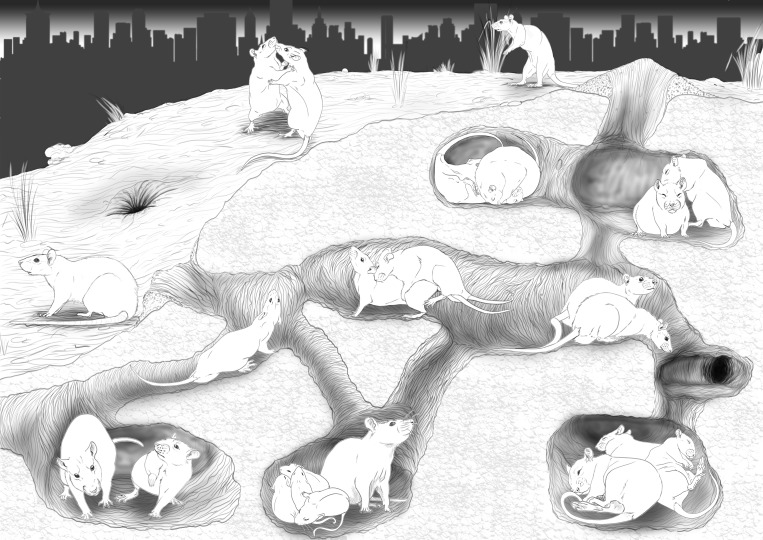Figure 2. The social organisation of a rat colony.
Rats are social animals that live in large colonies, consisting of sometimes more than 150 female and male individuals with overlapping generations. Rats of a colony establish an underground burrow system with shared channels and chambers. In these chambers, they commonly huddle together to keep warm and often sleep like this (right chamber at the bottom and left at the top). Females establish their nest in such chambers, where they give birth to up to eight pups (middle chamber at the bottom). Colony members reproduce. Males approach females that respond defensively with sidekicks, if they are not in oestrus (left chamber at the bottom). If she is receptive, several males will copulate with her (two rats in the middle). Rats establish a dominance hierarchy, which is more pronounced in males than females. When rats meet, they inspect each other, whereby subordinate individuals show a submissive posture, crawl under the other or avoid such contacts to prevent conflict. Most conflicts, however occur between rats of different colonies. Fights typically start with a threat posture, followed by fights that are interrupted by standing upright and boxing (two rats outside the burrow system). Most commonly, however, rats show amicable behaviour with colony members. For example, they spend time in close proximity to each other (left side, middle rats) or groom each other (right chamber at the top). Drawings by Michelle Gygax.

